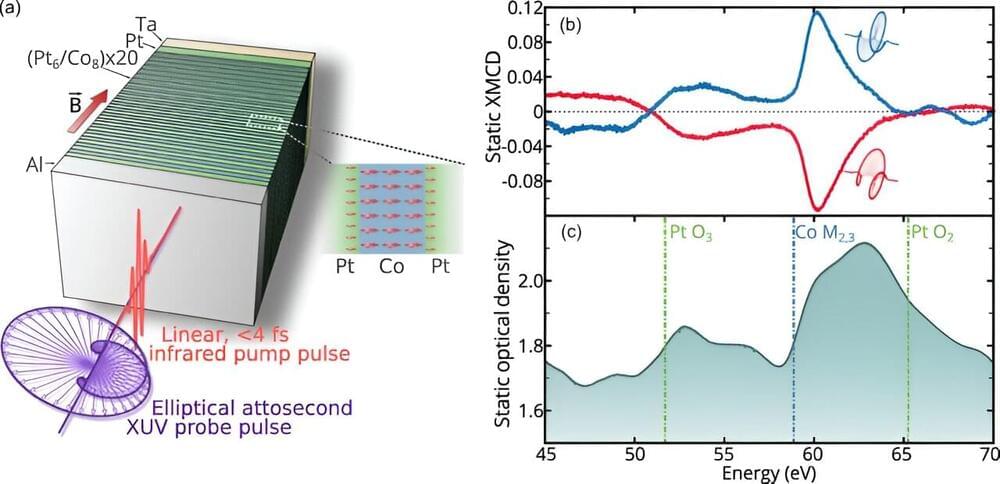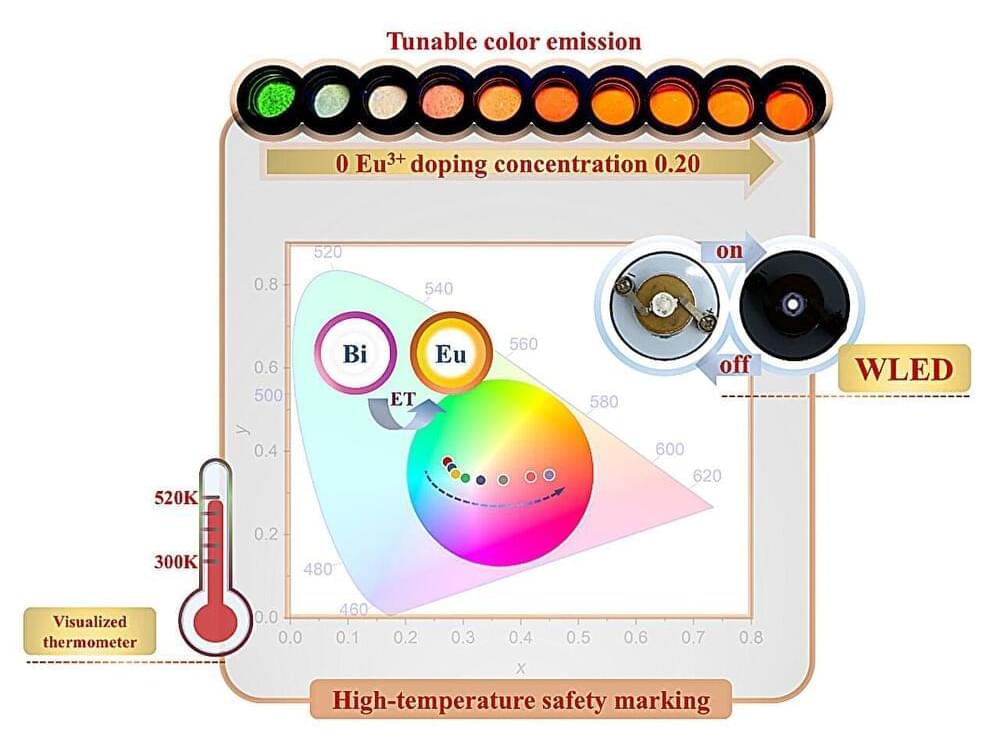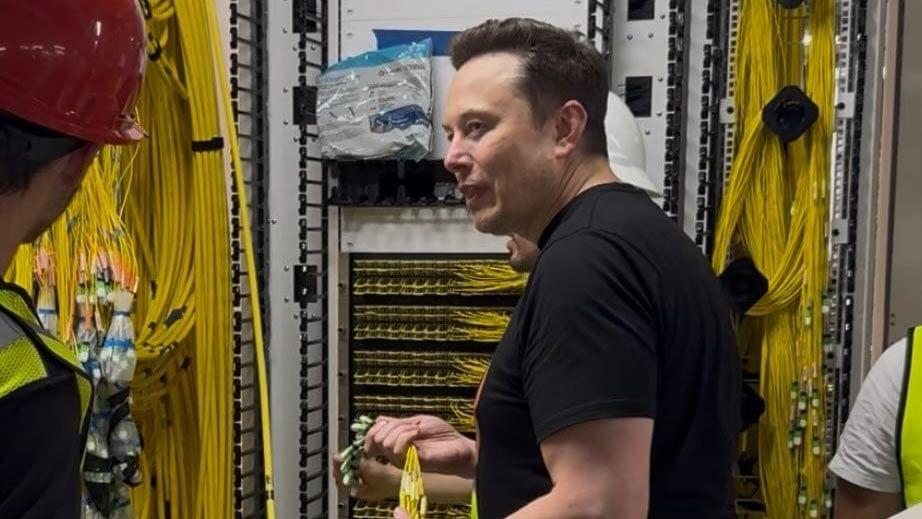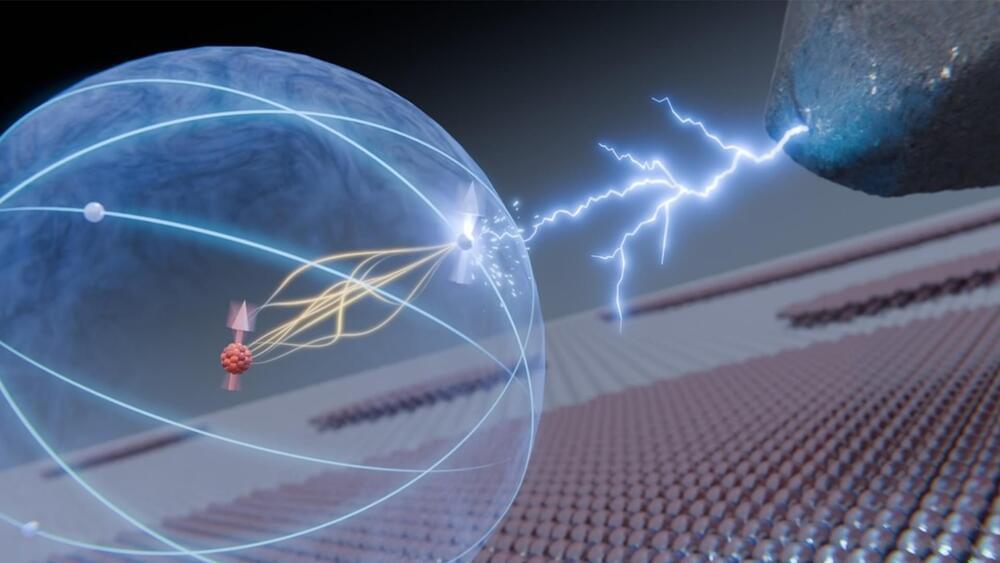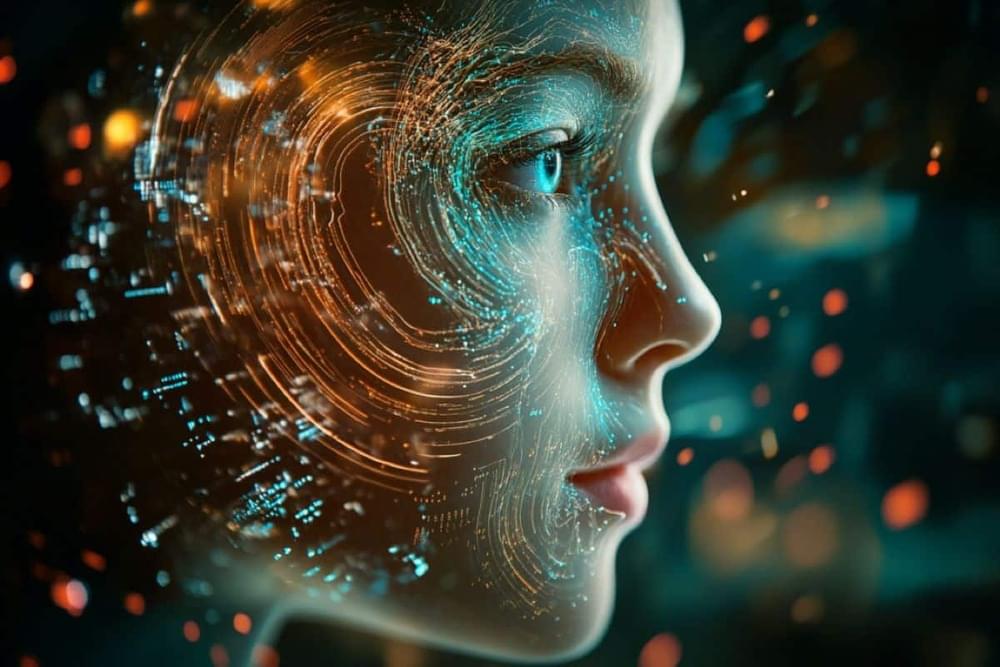The atom’s nucleus could safely store quantum data, with controlled wobbling making it possible:
According to the researchers, the spin state or direction of the spin of a nucleus can be used to hold quantum information.
“This magnetism, the “spin” in quantum language, can be seen as a sort of compass needle that can point in various directions. The orientation of the spin at a given time constitutes a piece of quantum information,” the study authors said.
However, even if you store quantum information inside the spin of a nucleus, it’s challenging to read and manipulate the stored information as the nucleus has a tiny size and is influenced by the activity of surrounding particles.
